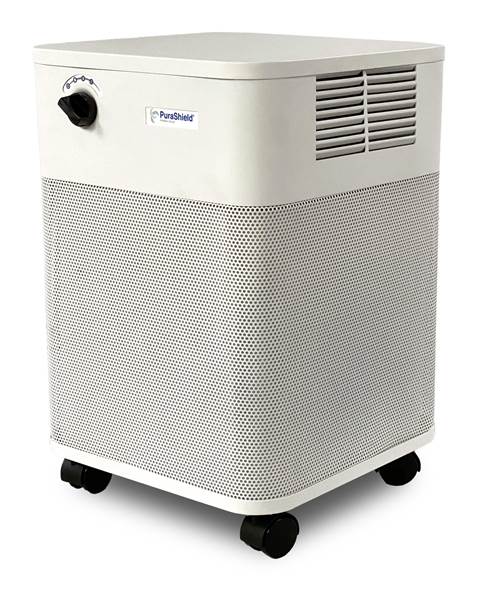Poor indoor air quality was biting into factories’ bottom lines long before 2020. The global pandemic that began that year made airborne contaminants a public health priority virtually overnight, however, driving commercial air purifier sales through the roof and showing many buyers how little they knew about what they were purchasing.
As building owners snapped up air purifiers so that factories, schools and offices could reopen more safely, they found themselves grappling with complaints that their purchases were inadequate for the job, had features such as ionizers that came with unintended side effects and sometimes, both.
The fact that the U.S Occupational Safety and Health Administration, which regulates worker and workplace safety, has no specific regulation governing purifiers even though it considers ensuring healthy air quality part of employers’ responsibility, only complicated matters.
“There’s a lot of snake oil out there,” says Seth Wyatt, director of sales at Filtration Group’s indoor air quality business. “There’s unproven technology that doesn’t really have much testing from independent laboratories or third parties, in terms of validation.”
Buyers of portable air purifiers should research their options thoroughly, Wyatt said, focusing on the volume of air that a unit can move, the volume of the room where it will be used and the number of people entering and leaving it.






Talk to Us!
This article on "4 Things You Need to Know Before Buying a Commercial Air Purifier" is incredibly helpful! It breaks down important factors to consider, making it easy to understand. I appreciate how you emphasized the different features and their benefits, which helps in making an informed choice. The tips on maintenance and filter types were especially useful. Thank you for sharing such valuable insights that will surely help businesses create a healthier environment! Keep up the great work!
If you're looking to buy an air filter, click this link!: https://customfiltersdirect.com/18x25x1/
16Excellent tips, thanks! Veronica Dantas
12Leave a reply
Your email address will not be published. Required fields are marked *